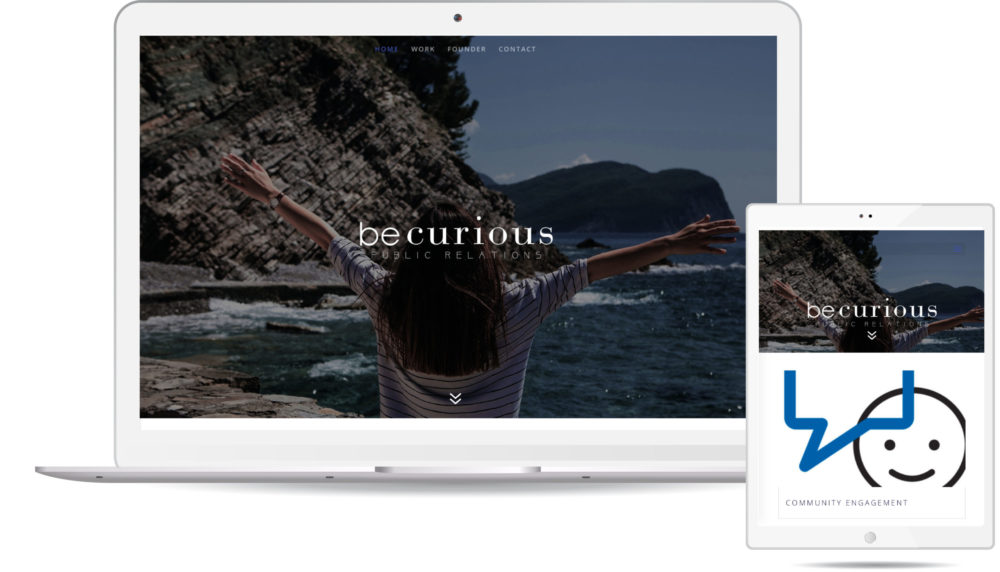
What is Corporate Identity?
A company’s corporate identity is the driving force behind how they interact and present to their target audiences. Successful organizations have carefully curated how they show up for their audiences, ensuring that their corporate identity is in line with their corporate culture. This post will answer the following:
What does corporate identity include?
For many organizations this conversation comes back to branding, which is a great place to start, but it doesn’t end there. Companies with a strong corporate identity are instantly recognizable by their branding elements. This includes everything from logos to social imagery to stationary and other collateral. However, true corporate identity is driven by how the company is wired internally. When the values and intentions of the business are driving the brand strategy, corporate identity will shine through.

How do you build a strong corporate identity?
1. Get clear on your brand strategy:
If you haven’t taken the time to determine your company values, vision and mission, start here. If you have an established set of internal guidelines, review quickly to determine if they are still relevant. Next to consider is your corporate messaging, brand voice and positioning. Lastly, look at your visual assets, logos, typography, colour palette, etc.). Ensure that everything matches up with your values, vision and mission. When you lay it all out, you may find elements that no longer drive your brand vision, be sure to adjust as needed.

2. Take a look at your current corporate identity:
Take an honest look and determine whether the way you are being perceived by your audiences (externally and internally) really lines up with the strategy you outlined in step 1. Remember, image and identity are not always the same. Your image is how the public perceives you, your identity is how you wish to be perceived. If the two do not match up, you may have to make some changes to your corporate structure and then go back into step 1 to adjust as needed.

3. Create your corporate personas:
Understanding how your customers want to interact with your company should be one of the key factors in creating your corporate identity. The way to ensure this is to get really clear on who your audience is. Creating brand personas will give you a firm outlook on who you are trying to reach and how to effectively reach them.
4. Do a competitive analysis:
Pay attention to what your competitors are doing in terms of how they are showing up. Analyze their language, positioning and branding. Look for opportunities to stand out.
5. Bridge the gap:
Lastly, take all of the research from the first four steps and find the opportunities for growth. Look for gaps between your image and your identity. Your corporate image is how you are perceived, your identity is how you show up. Are there spaces in the marketplace you can fill? Filling those gaps may mean you’ll need to further refine your branding and messaging.
What are the Benefits of a Strong Corporate Identity?
Companies with a strong corporate directive have a defined road map that each stakeholder can rely on. This ensures that your outputs are consistent regardless of who is generating them. Internally, it creates a framework that drives all messaging and decision making. Externally, it provides a predictable and familiar platform for clients and potential clients to engage with. Consistent outputs build trust and promote loyalty.

Have questions about determining your corporate identity or growth opportunities? Let’s chat, I love to chat branding!
